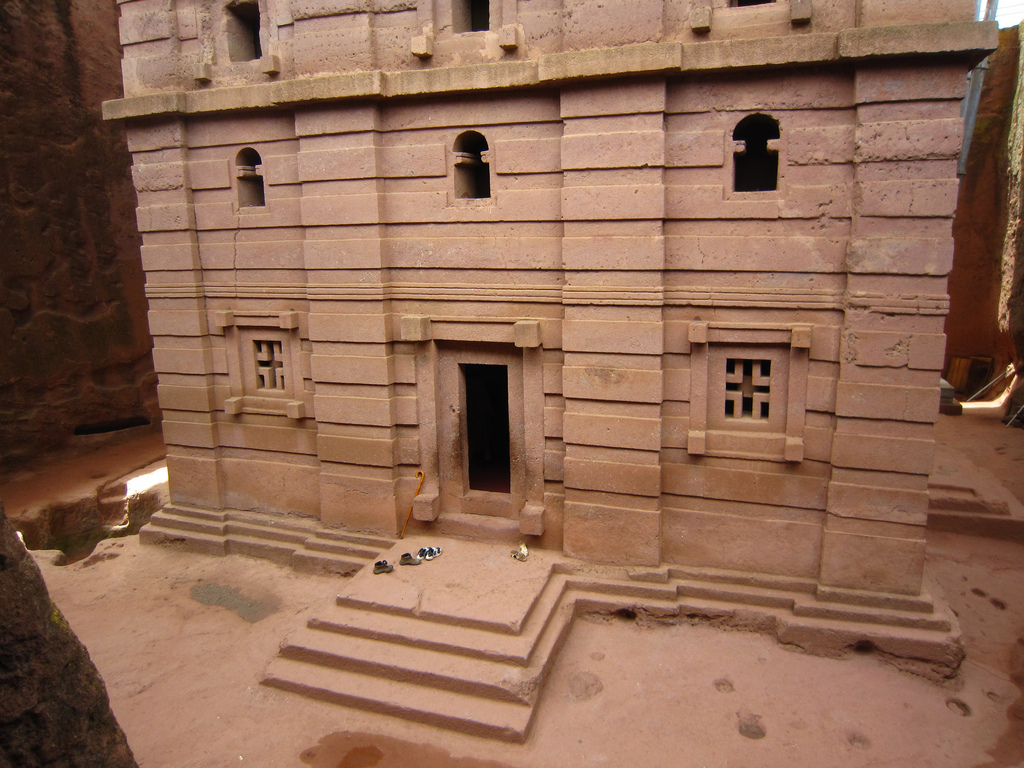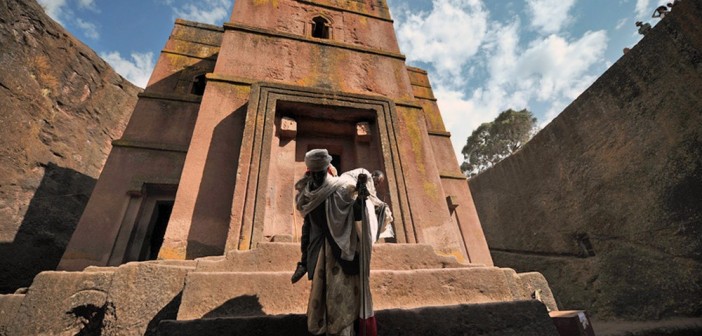In Ethiopia, Africa’s ancient spiritual heart, lie magnificent churches that have stood for 800 years. However, these majestic structures are at danger of disappearing. Moisture damage is causing the churches to crumble away, as these ancient UNESCO World Heritage structures risk being lost to history forever. BRIC Plus tells you all you need to know about these incredible architectural marvels, as conservations scramble to save them for future generations.
Ethiopia has a deep spiritual history
Ethiopia is an ancient land. Since the first whisperings of the mystical land of Kush in Ancient Egyptian writings over 5000 years ago, Ethiopia’s history has been integral to that of the world – particularly when it comes to religion. One of the most famous figures of the Abrahamic faiths, the Queen of Sheba, is said to have lived in these lands. Legend has it, her relationship with the biblical King Solomon bore a son, who went on to become the first emperor of Ethiopia, Menelik I. Until its deposition in 1974, the family’s right to rule was inextricably linked to their religious connections. Even the final emperor, Hailie Selassie, was the inspiration for a whole new faith in itself, rastafari. Some of the very first followers of Islam were given shelter from persecution in the 600s AD, under a Christian king, known as Ashama ibn Abjar. Clearly, Ethiopia has long been a bastion of spirituality.
The churches were built 800 years ago
 [via Hidden Histories]
[via Hidden Histories]
Under the reign of King Lalibela, the magnificent ode to spirituality was constructed. A veritable citadel, containing 11 churches dominate the landscapes, wrenched from the very land, exquisitely carved out of rock as if by the hand of the supernatural. According to myth, by angels. The churches were built as a pilgrimage site, a local alternative to Jerusalem, to save Ethiopians taking the perilous trek to the Holy Land. To this day they remain a source of pilgrimage. They were clearly built to stand the test of time – but the clock seems to be ticking.
They are in danger of disappearing
 [via Emark]
[via Emark]
After standing tall for 800 years, these structures may not even see another 8. As if in a cruel twist, the very place where they churches drew their strength, may soon be its downfall. The damp conditions and moisture threaten to crumble the churches, and return them to nature. Because of the nature of the sites, traditional tools can’t be used to restore them. So every attempt, such as bandaging, is simply a stopgap until further, actual restoration can be conducted. To see these churches crumble into thin air, after nearly a millennium at the forefront of Ethiopian religious life, would surely be a tragedy.






